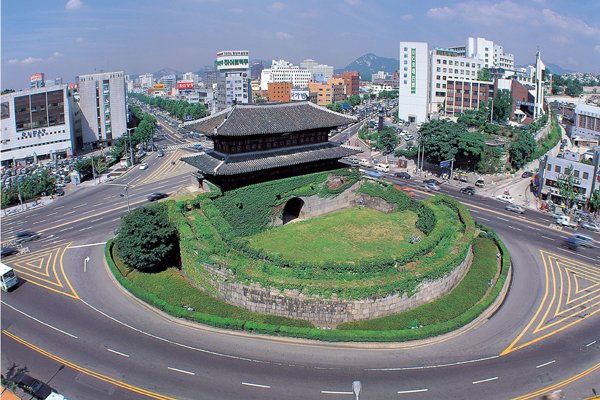
Reimbursements likely to overwhelm the country's finances
Singapore: Since 2000, South Korea has grown from a developing pharmaceutical market to one boasting of universal healthcare coverage and easy access to medical facilities; but is reimbursement going to overwhelm the country's finances? asks a new report by healthcare experts GlobalData.
According to the new report, the country's aging population may prove to be a demographic challenge for the South Korean government when combined with the health benefits it provides to its citizens.
South Korea has a compulsory National Health Insurance (NHI) system with universal coverage, which is unique in its functioning through a single insurer. The National Health Insurance Corporation (NHIC) covers almost the entire population, with medical fees established through negotiations between the NHIC and various other associations.
The insured are divided into two groups: employee insured and self-employed insured. The employee insured insurance scheme covers spouses, descendants, brothers or sisters, and direct lineal ascendants of the insured person. The self-employed insured insurance scheme covers people who are excluded from insured employment for a set contribution amount, based on the individual's income, property, living standard and rate of participation in economic activities. Foreigners working in South Korea are required to apply for coverage under the NHI.
However, as the average life expectancy in South Korea has increased, there has been a corresponding increase in medical expenditure for chronic diseases, which is likely to put additional pressure on its healthcare sector.
South Korea provides strong financial support for its elderly population through impressive access to healthcare insurance and reimbursement. However, the South Korean government is trying to reduce the huge financial burden, this may cause through comprehensive healthcare reforms. Key reforms introduced by the Korean government in the past decade include the separation of drug prescribing and drug dispensing, and the introduction of the Korean Diagnosis Related Group (KDRG) system.
Despite the reforms, investments coming into the South Korean healthcare sector will benefit the industry and patients alike. The Korean regulatory authority approves medical products through a transparent, strong and efficient regulatory system, and this clarity and efficiency attracts foreign investments, fuelling the growth of the South Korean healthcare market.
The pharmaceutical market of South Korea was valued at $14.6 billion in 2010, following growth at a CAGR of 7 percent from 2005 to 2010. Market growth is expected to continue at a CAGR of 4.7% until 2020.




